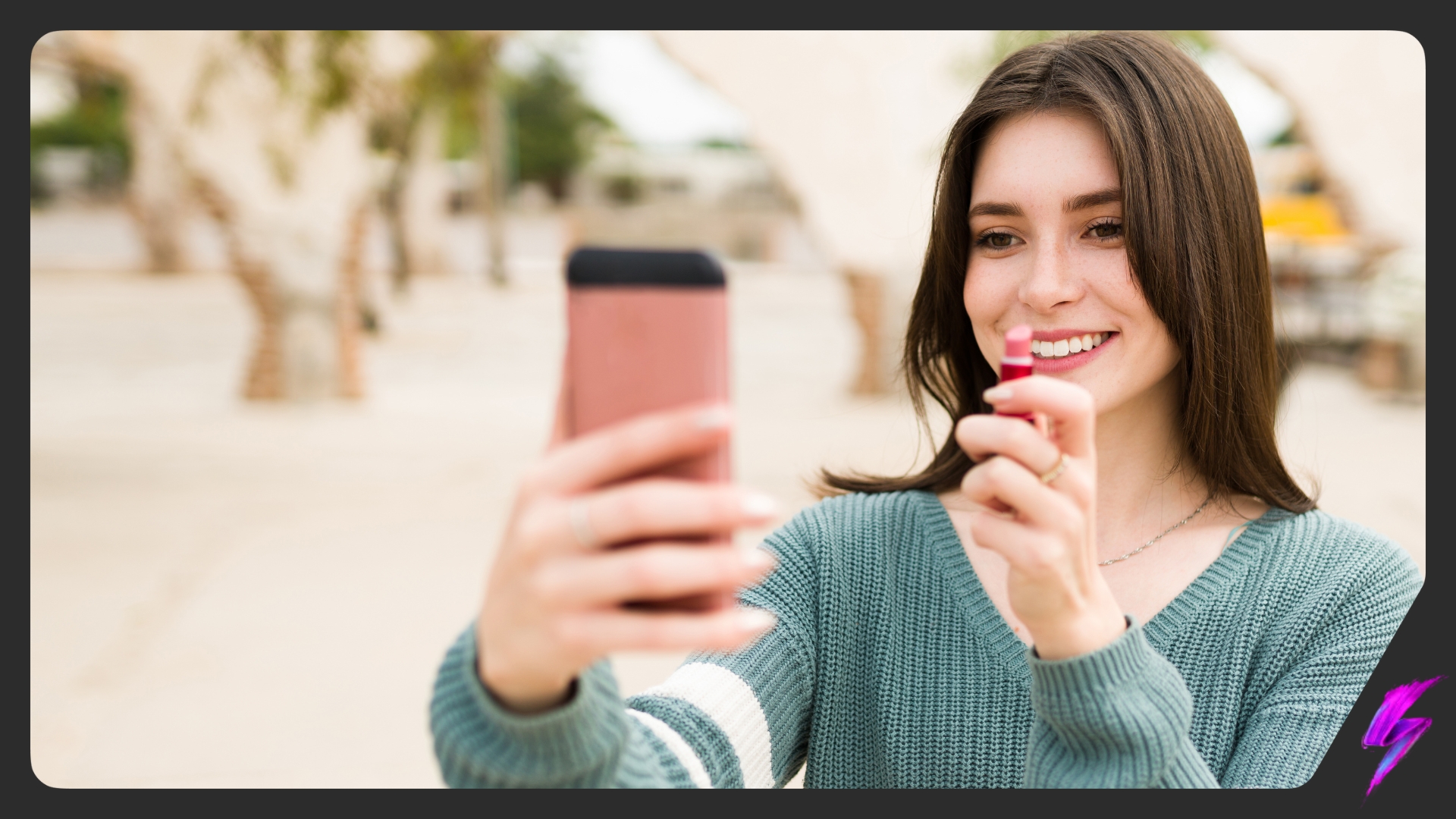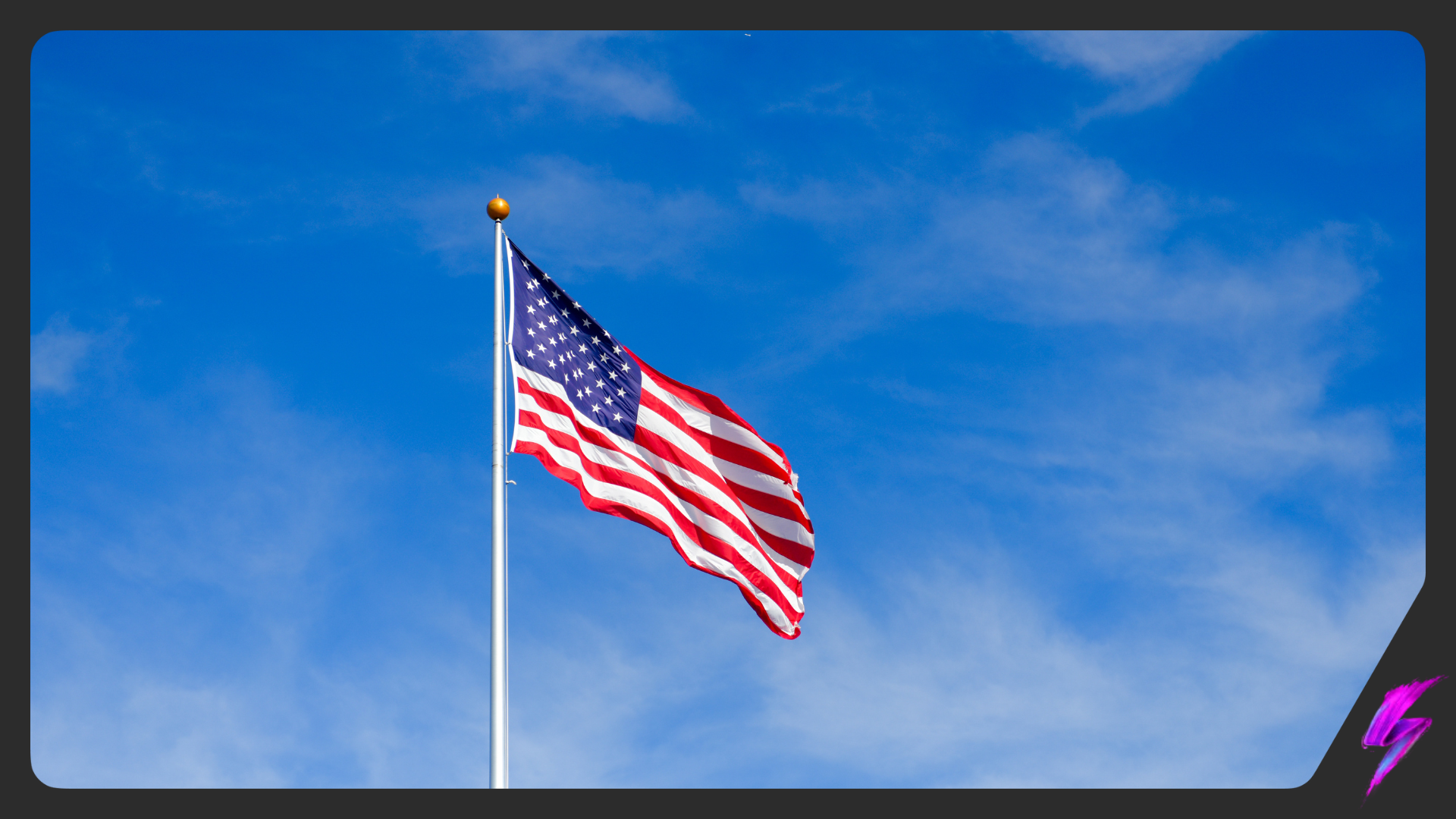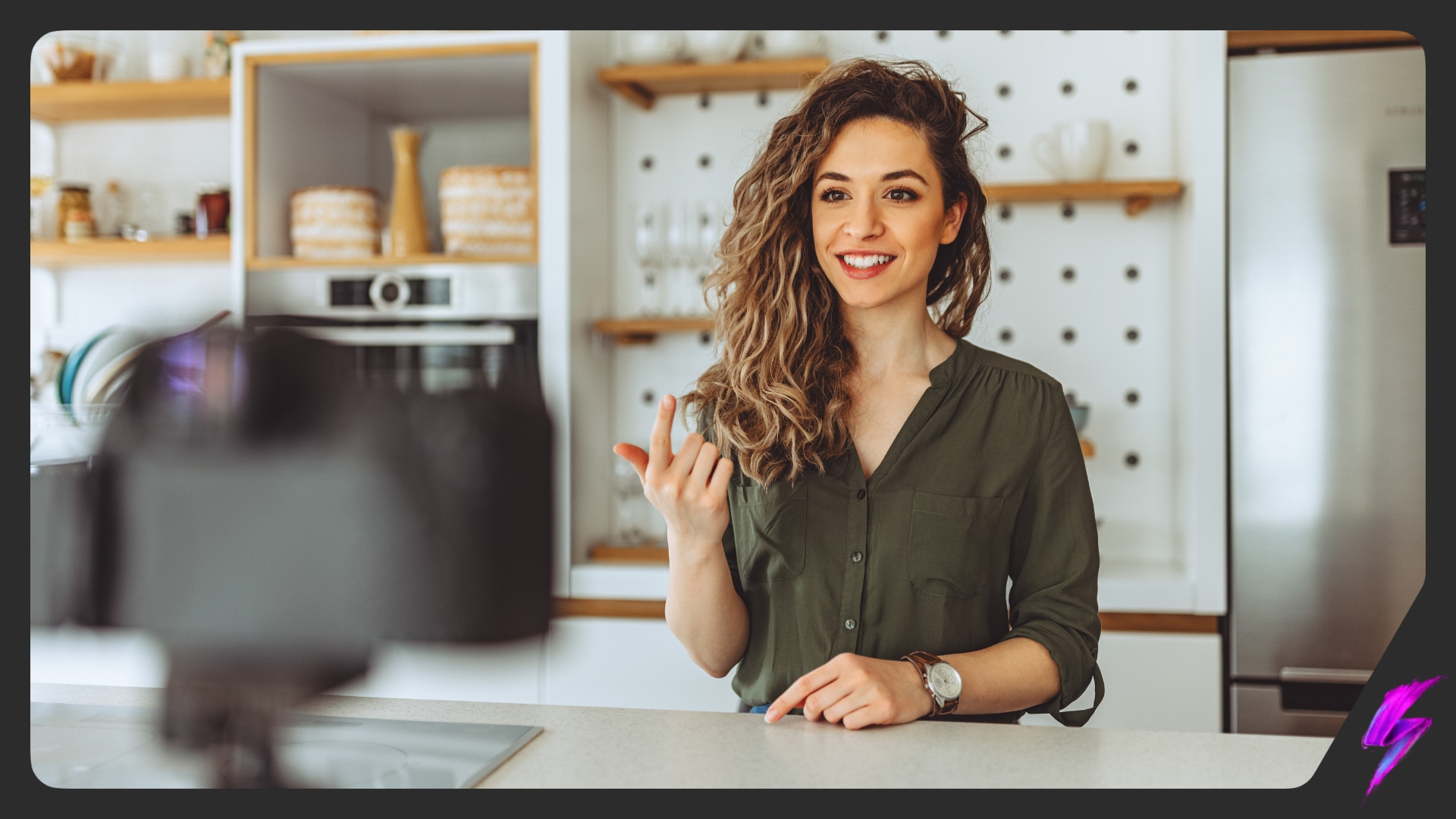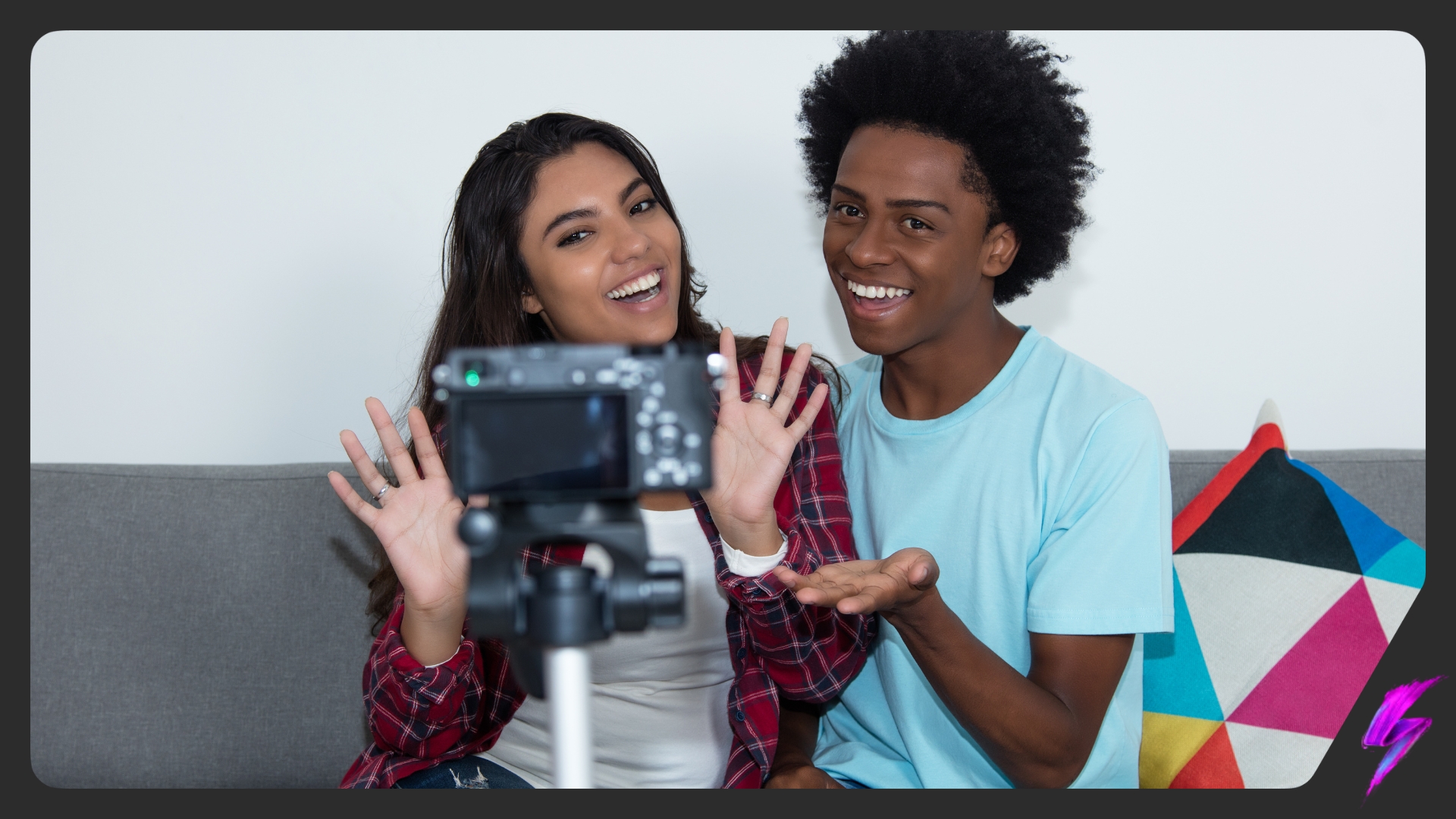The Importance Of Social Media Accessibility Across All Platforms
May 13, 2024
Social Media Platforms
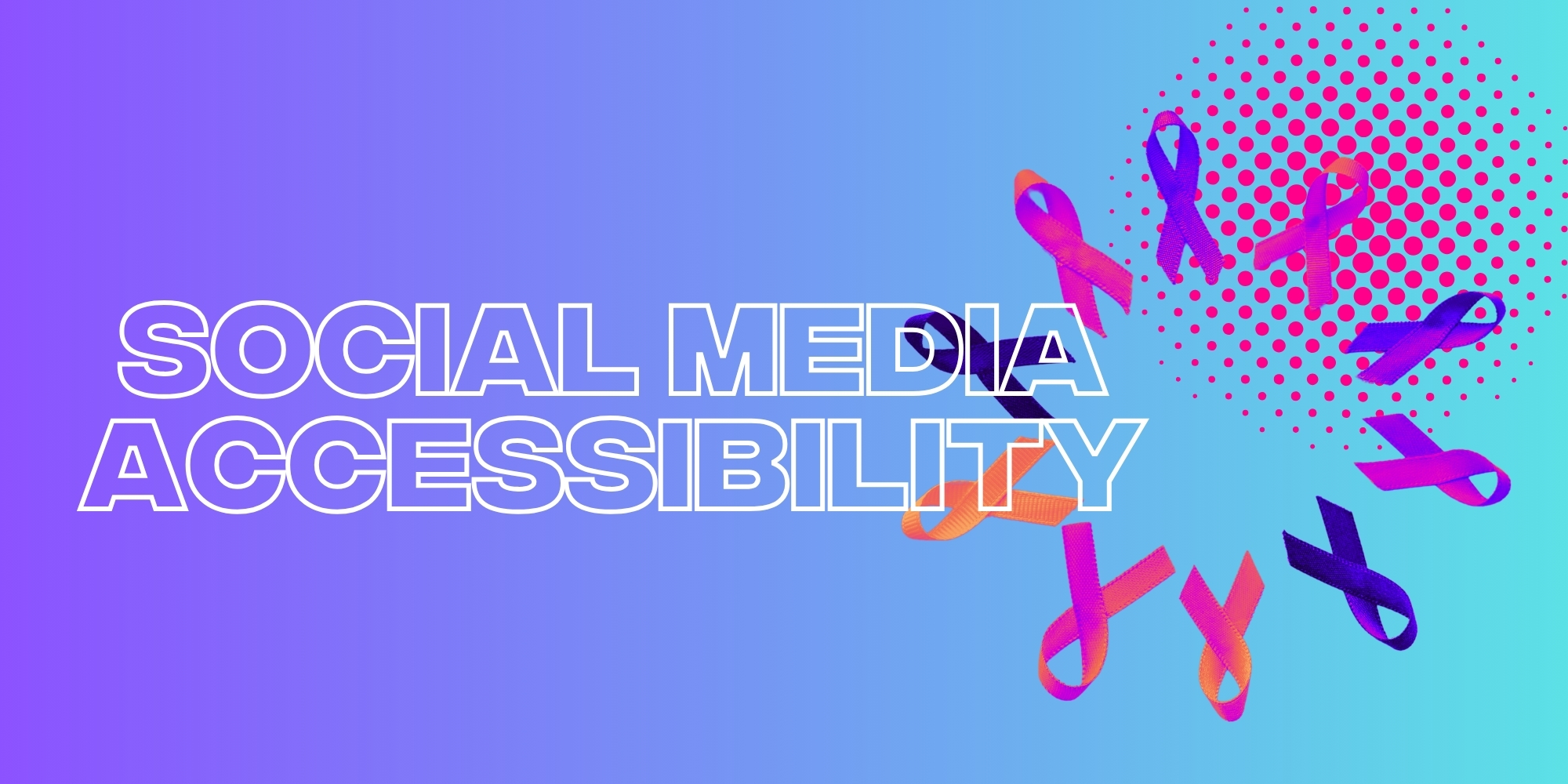
In a digital age where connectivity reigns supreme, ensuring inclusivity across all platforms is paramount. Whether for personal or professional use, every user deserves equal access and engagement across the likes of LinkedIn, Instagram, Facebook etc.
When placing social media accessibility under the communication and marketing spotlight, it’s evident that, in the rush to create content, inclusivity and accessibility are neglected, not only limiting audience engagement, but also showing a lack of consideration for those with disabilities.
But ensuring social media accessibility isn’t only the responsibility of marketers and advertisers. Social media platforms have an equal part to play in prioritising inclusive design for utilisation when it comes to running campaigns and championing inclusivity. Be it visual impairments, cognitive differences, or motor disabilities, both interface designs and content have a responsibility to cater to all.
In honour of Global Accessibility Awareness Day coming up on the 16th May, we’ll explore how prioritising social media accessibility not only fosters a more inclusive online community, but also enhances user experience and drives more meaningful connections. We’ll also take a look at the current implementations of each social media platform helping champion equity for all.
WHY SOCIAL MEDIA ACCESSIBILITY MATTERS
In today’s digital age, social media accessibility isn’t just a matter of convenience, it’s a fundamental aspect of inclusivity and equal opportunity. With over 5.04 billion social media users worldwide, these platforms serve as essential tools for communication, networking, and information sharing. However, when these platforms aren’t accessible to everyone, a significant portion of the population is excluded from participation.
Consider the diverse range of disabilities people may face. According to the World Health Organization, over 1 billion people globally have some form of disability. Without inclusive design features, individuals with disabilities encounter barriers that hinder their ability to engage with social media content, connect with others, and access vital information.
Prioritising social media accessibility benefits not only those with disabilities but society as a whole. Research indicates that the spending power of UK families with at least one disabled person is estimated at £274 billion per year, but with 71% of disabled people abandoning the websites that present access barriers, companies hugely miss out on cashing in on this sum.
If that still wasn’t enough to convince you, the following accessibility statistics just might.
- Globally, the market that includes people with disabilities, as well as their families, friends, and advocates, is estimated to control over $13 trillion in annual disposable income.
- 75% of Americans with disabilities report using the internet on a daily basis.
- 62% of US adults say they own a desktop/laptop, compared with 81% of those without a disability.
WHICH SOCIAL MEDIA PLATFORMS ARE CHAMPIONING SOCIAL MEDIA ACCESSIBILITY?
Along with website accessibility, social media platforms also have a responsibility to tailor their interface designs to champion inclusivity.
Let’s take a look at those doing it right.
Visual access
Screen Readers, short-cut keys, and alternative text are all tools that aid social media accessibility.
Short-cut keys assist visually-impaired individuals with limited wrist or finger movement. X, Facebook, and TikTok all utilise short-cut keys, but LinkedIn does not.
Similarly, alternative text helps individuals with visual impairments by providing descriptions of visual media. X, Instagram, and LinkedIn all have specific tools that make it easier to add alt text to visual media. Instagram also has a feature that will generate descriptions for images.
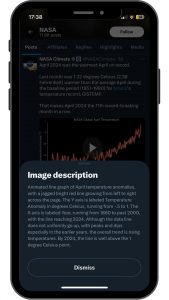
Audio access
Facebook, TikTok and Instagram all have systems that allow captions to be added to videos. TikTok and Instagram offer auto-captioning with the option for creators to edit the captions for the purpose of accuracy. X also provides auto-caption support for videos and voice tweets.
Unfortunately there is more to be desired from Facebook and LinkedIn.
Other features
X and TikTok have unique features that benefit those with sensory disabilities. X came out with a sensory guide that identifies potential sensory stimuli that users may encounter, including identifying sound level that accompanies a direct message notification and the imagery level that accompanies joining a space a listener.
TikTok has options to remove photosensitive videos on the accessibility page of the app, as well as an Auto Volume Adjust option which will adjust volume as soon as the app is opened.
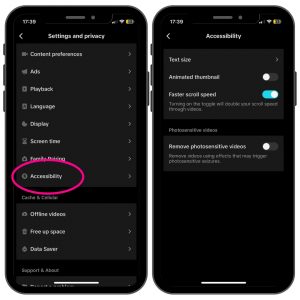
WHAT CAN SOCIAL MEDIA MANAGERS DO TO PRIORITISE SOCIAL MEDIA ACCESSIBILITY?
Always add alt text
It’s important to add alt text, as accessibility tools use it to describe images and videos for users. Without alt text, a screen reader will announce your content as “image”, creating a poor experience overall.
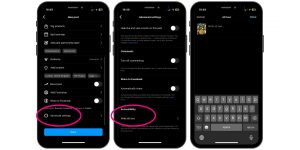
While alt text doesn’t impact search engine rankings, it does improve search rankings within social media apps. Having said that, you should always prioritise writing a clear and detailed description first. Here are some top tips for writing alt text:
- Describe what’s actually in the image
- Skip saying ‘image of’ or ‘photo of’
- Include humour
- Transcribe text if in the image
- Be concise
Video captions
Adding captions or subtitles is crucial for people with hearing impairments. They also enhance the experience for users watching in a non-native language or sound-off environments.
Closed captions can be turned on and off by a user and are typically added natively within the platform. On the other hand, open captions are ‘burned in’ when creating the video. Closed captions are preferred when it comes to social media accessibility, but open captions can be used if closed captions aren’t available.
@drunkcrier When you add both open and closed captioning to your video 🥲 #cc #learnontiktok #tiktokpartner #coda #opencaption #closedcaption
Write accessible text
When writing copy for your content consider the following: how will it impact users using screen readers? What about users learning English or those with learning disabilities?
Inclusive design tips for copy could include:
- Write in clear and concise language
- No fancy fonts
- Be wary of using abbreviations
- No ALL CAPS or alTErnatING capS
- Write in Pascal case for hashtags – #SocialMediaAgency
- Don’t replace letters with asterisks
- Insert hashtags at the end of a caption
- Use inclusive language
- Avoid using gendered language
- Be culturally sensitive
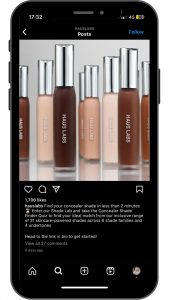
Create accessible visuals
Just like text, visuals can provide social media accessibility challenges. Users with visual impairments rely heavily on screen readers to navigate a platform and understand visual information, like infographics.
To ensure your visuals are made accessible and inclusive for all, consider the following:
- Check your colour contrast
- Don’t depend on colour to convey meaning
- Avoid animated images with excessive movement or flashing
- Don’t add excessive text to images
Memes and emojis
Memes and emojis are so integrated into the makeup of the internet today, but unfortunately they aren’t always accessible to all users.
If a brand uses an emoji to convey something deeper than its meaning, this context will be lost when interpreted through assistive tools like screen readers. Memes are even worse. If they don’t include alt text, it can be hard to describe the punchline through text alone.
Here’s how to champion social media accessibility through the use of memes and emojis:
- Don’t use emojis as bullet points
- Describe content AND context
- Avoid ASCII art/memes ((if you still want to participate, share the art as an image instead and describe it using alt text)
- Place emojis at the end of sentences
- No more than 3 emojis per post
- Don’t repeat more than 3 emojis in a row
Brands and advertisers hold immense power to drive positive change by prioritising social media accessibility, ensuring that no one is left behind in the online conversation.
Our influencer marketing agency and social agency are located worldwide, with our agency network based in the USA, UK, UAE and China.
If you want to find industry insights, visit our influencer marketing and social media blogs.
@sociallypowerful
Social And Influencer Marketing News + Insights
Get in touch
We'll show you how to start powerful conversation, drive social engagement, build your brand, hit sales targets or meet other goals you have, wherever you are in the world.
Work with us

